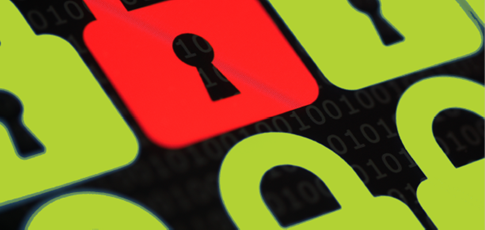In today’s digital landscape, threats are constantly evolving. Yet, one mainstay remains prevalent in many attacks: phishing. These attacks remain among the most dangerous and persistent types of cyberattacks. As an IT Analyst charged with grappling with the challenges that accompany cybersecurity, my work involves identifying these attacks, educating our end-user population, and implementing preventative measures. Understanding how these attacks operate, and most importantly, recognizing attack signs, can make a huge difference in safeguarding personal and organizational data.
Phishing Attacks: The View from the Lens of an IT Analyst
Posted by Eddie Leach on Nov 25, 2024 3:08:22 PM
Dealing with Cyber Attacks–Steps You Need to Know
Posted by Emily Lee on Aug 27, 2018 3:23:14 PM
This is an original article by Elliot Forsyth, Vice President of Business Operations at the Michigan Manufacturing Technology Center, part of the MEP National NetworkTM.
Any business owner knows that information is a vital part of running a company. As manufacturing increasingly becomes more digitized, cybersecurity must become a standard component of doing business. If sensitive information—such as employee records, customer transactions or proprietary data—is comprised, it can have a devastating effect.
That’s why more and more manufacturers are taking steps to protect their information via good information security practices.
Don’t Risk Losing your DoD Contracts!
Posted by Simone Erskine on Jun 5, 2018 11:30:32 AM
In a world where information security threats are constantly looming, it is important for companies – and required for manufacturers with Department of Defense contracts – to ensure they are protected and compliant. With the December 31, 2017 deadline for U.S Department of Defense’s cybersecurity compliance behind us, government contractors are required to demonstrate compliance in order to keep their contracts and gain new ones in 2018.
“Manufacturers have a variety of tools available to help pursue comprehensive organizational security, starting with cybersecurity. The first step is to determine one’s existing cybersecurity protections and tools and identify easy gaps to fill. Taking protective steps can decrease the time and resources spent on a security breach.” - John Remsey, Senior Technical Specialist (IMEC)





